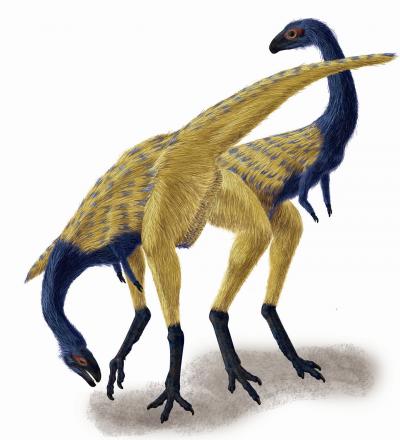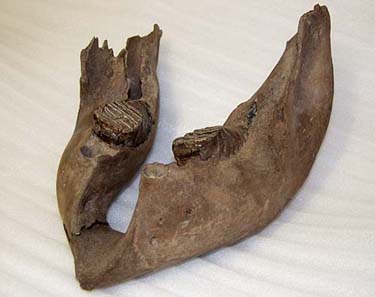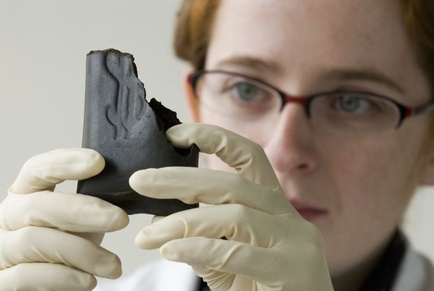Girls are gathering online to remake action-oriented Japanese animation videos geared toward males - you know, because males are genetically engineered to like action cartoons with bounty hunter vampires who need to kill their half-brothers that run an evil clan - into romances, because girls are genetically engineered to like ... well, you get the point.
Anime is a style of animation popularized in Japan, usually in material that contains action-filled plots with fantastic or futuristic themes. The style is used in manga, computer games and videos.
Organ donation would be a lot less variable if they could be grown in the lab and a more effective way to build plastic scaffolds on which new tissues and even whole organs might be grown in the laboratory is being developed by an international collaboration between teams in Portugal and the UK.
The researchers say rapid prototyping, or three-dimensional(3-D) 'printing', could enable tissue engineering that replicates the porous and hierarchical structures of natural tissues at an unprecedented level.
A University of Colorado at Boulder research team say their discovery of shorelines on Mars is an indication of a deep, ancient lake there and a finding with implications for the discovery of past life on the Red Planet.
Estimated to be more than 3 billion years old, the lake appears to have covered as much as 80 square miles and was up to 1,500 feet deep, roughly the equivalent of Lake Champlain bordering the United States and Canada, said CU-Boulder Research Associate Gaetano Di Achille, who led the study. The shoreline evidence, found along a broad delta, included a series of alternating ridges and troughs thought to be surviving remnants of beach deposits.
Scientists who discovered a beaked, plant-eating dinosaur in China called Limusaurus inextricabilis ("mire lizard who could not escape") say it demonstrates that theropod, or bird-footed, dinosaurs were more ecologically diverse in the Jurassic period than previously thought. Even more, they write in Nature that it offers important evidence about how the three-fingered hand of birds evolved from the hand of dinosaurs.
Some mammoths remained part of British wildlife long after they were believed (scientifically) to have become extinct, according to research published today in the Geological Journal.
Analysis of both the bones and the surrounding environment in Shropshire, England provide the most geologically recent evidence of woolly mammoths in western Europe, they say.
When a steep decline in the wool trade prompted an 18th century credit crunch, folks in Yorkshire took up a new (and dangerous) business venture - counterfeiting.
In the 18th century, coining was a treasonable offense and therefore punishable by death but in the 1760s and 1770s, a decline in the textile trade motivated hundreds of Yorkshire people from rural communities to risk the gallows by counterfeiting British and Spanish coins.
 The Scorched Cherry Twig And Other Christmas Miracles Get A Science Look
The Scorched Cherry Twig And Other Christmas Miracles Get A Science Look $0.50 Pantoprazole For Stomach Bleeding In ICU Patients Could Save Families Thousands Of Dollars
$0.50 Pantoprazole For Stomach Bleeding In ICU Patients Could Save Families Thousands Of Dollars Metformin Diabetes Drug Used Off-Label Also Reduces Irregular Heartbeats
Metformin Diabetes Drug Used Off-Label Also Reduces Irregular Heartbeats  Your Predator: Badlands Future - Optical Camouflage, Now Made By Bacteria
Your Predator: Badlands Future - Optical Camouflage, Now Made By Bacteria









